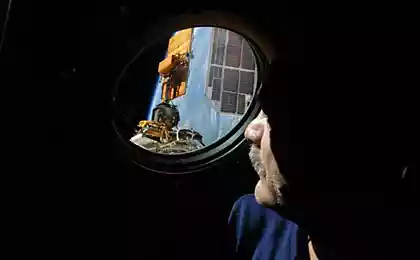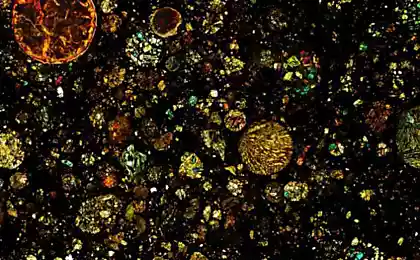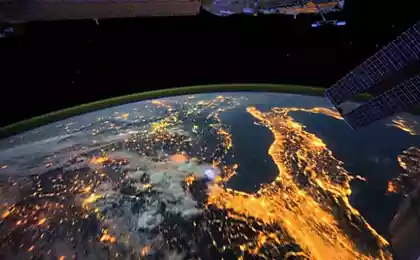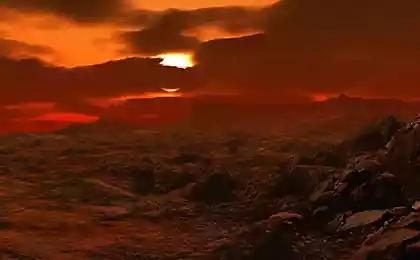436
How astrobiologists work
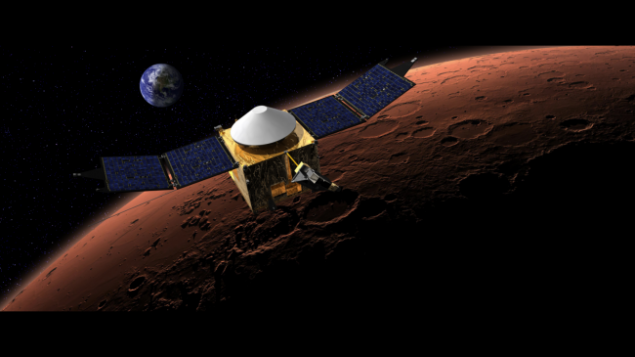
Not long ago, the spacecraft MAVEN reached Mars, and NASA is preparing to collect data that can reveal the atmospheric history of the red planet. Upon reaching orbit on September 21 2014 MAVEN and his team began to study how and when degraded the atmosphere of Mars, as well as trying to figure out where and how liquid water has disappeared on the planet. It is extremely important to know exactly how Mars was unable to sustain life.
The Orbiter MAVEN is just one of the many missions in which astrobiologists play a very important role. NASA defines astrobiology as "the study of the origin, evolution, distribution and future of life in the Universe". This field is a very large area in the Agency's work. However, astrobiologists — a very rare species.
Astrobiology was held as a science only a few decades ago. Not that this is a new idea — NASA is looking for possible extraterrestrial life in 1960-ies — just then it was "exobiology happens to be". The SETI Institute, which also deals with the search for extraterrestrial intelligence, began working around the mid-80s. still then it looked kind of weird.
Today, astrobiology is the widespread discipline. The Martian orbital spacecraft and Rovers, satellite experiments on the placement of microorganisms in space, the search for potentially habitable planets — all this is done by astrobiologists in the modern world.
Common does not mean ubiquitous, it is worth noting. Astrobiology is a very complex area of science, which is hard to get. As a rule, universities do not teach. Doctors in this science, few, degrees no. The search for extraterrestrial life, as a rule, is made by forces not of astrobiologists, and the teams mingled with the biologists, geologists, chemists, astronomers, physicists, and others.
Since NASA attracts more and more attention to the astrobiological aspect of his work, interest in this area grows. Beginners are attracted by the fact that space biology is something from the category of fiction.
Are we alone?
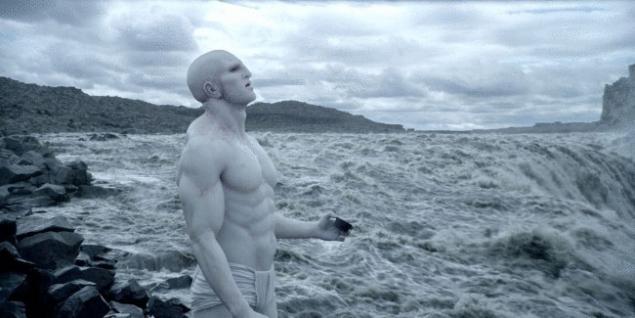
In the broadest sense, astrobiology is the science of life. Where it comes from. How to change and adapt. What she needs to survive. If we know all this about life, we might be able to determine where else in the universe of thriving life forms and where they are hiding. Also we could learn what the future awaits life on Earth.
In other words, astrobiology is not engaged in the search for aliens (although that would be cool), but just looking for clues of when life and the Universe. The conditions in which the universe creates, sustains and destroys life? What makes a planet potentially habitable, and the other not? Can life survive in extreme planetary conditions?
Or look to the past. Supported the life-world? If Yes, what happened to life? Might the same thing happen to Earth? To narrow the search. If there are planets with potential life how to find them? How to define? What we need to do this?
The search for answers is conducted under a million different angles, including the most obvious: astronomy, paleontology, astrophysics, biological. Astrobiology explores and conducts experiments in space, uses planetary Rovers, collects data from orbiters and the most powerful telescopes to peer beyond our Solar system. All these projects need the support of space agencies. From there, take the money and technology.
This files most often occur astrobiology studies on Earth, where life is ripe for research. Most of the teams working in the field of astrobiology, which includes members from several areas of science, because life has no single term for chemistry, physics, biology and genetics. It is influenced by geological activity. It survives in the extreme conditions near deep-sea hydrothermal vents. Biochemists, microbiologists and astrophysicists join forces with oceanographers and geologists, but also appeal to the engineers in robotics. At its core, multidisciplinary nature of astrobiology is one of the most interesting of its attributes.
Day in the astrobiology laboratory
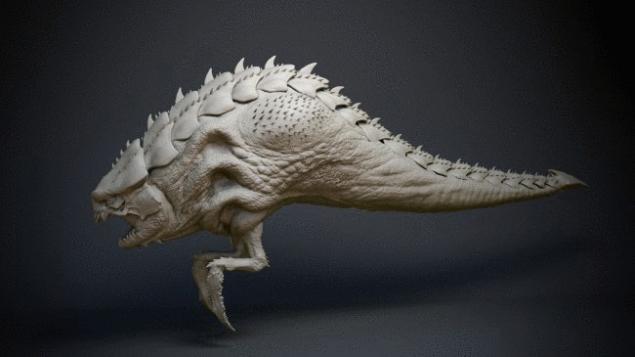
A typical day of astrobiology may include analysis of the images of space telescopes or the data from the satellite in the orbit of Mars. This could include development of a computer model or scuba diving. The money can go to Fund the work or for a trip to the Arctic.
The majority of astrobiologists are working either in NASA or in schools, although private foundations also support the work of some astrobiologists. Regardless of employment, astrobiology is a small world in which organizations and teams of scientists are closely linked together, whether it's funding sources, joint attempts or organizations like the NASA Astrobiology Institute (NAI). This Institute is a collaboration of partner institutions or of individual teams around the world online. One of these teams of Arizona state University examines the elements that are the basic building blocks of life on Earth: carbon, nitrogen, phosphorus, iron, and the ratio of the availability of these elements and connections with water. On the basis of this work, the Arizona team creates a computer model that helps to predict whether a particular star system to contain a habitable planet.
Other studies undertaken at the Institute of SETO. A planetary scientist Natalie Cabrol, for example, leads a team of scientists studying the world's highest volcanic lake. Her work includes diving and free swimming at altitude of 6,000 meters to study how organisms can survive in extreme conditions.
At the Institute scientists create Mars tent camp in the high Arctic on a desert island and Devon. There they explore the conditions of the "polar desert", which in some aspects may be very similar to the Martian.
Not all astrobiologists are working in such extreme conditions. SETI astronomer Dan Wertheimer has spent decades analyzing the data of massive radio telescopes in search of signals beyond Earth. Haven't found anything. But in 2014, said: "we May in a few years from the discovery of life beyond Earth".
Wertheimer also established a system of SETI@Home, which allows PC owners to use their computing power for combing large arrays of telescopes.
One thing is clear: the career of astrobiology starts in a completely different scientific discipline.
How to become an astrobiology? Almost every University can give a degree in astrobiology, but there are some, for example, Penn State and the University of Washington. Also you will find vacancies with the tag "astrobiologist" on the job search sites.
The way to astrobiologists can be challenging. There are several factors to consider: what astrobiology research you want to focus and what scientific direction you prefer?
Although almost any scientific discipline can intersect with astrobiology, the easiest way to get to her in closely related areas: astrophysics, astronomy, Microbiology, or analytical chemistry.
Second question: which of astrobiological research you want to continue? This question is difficult to answer at an early stage, but the sooner the better. It is best to join an already established team of astrobiologists. There you will learn how astrobiologists are working, what projects are, and at the same time learn what interests you the most.
If all goes according to plan, you will be able to make a career in the field of science — and also try to answer one of the most serious issues of humanity. What is life? How did we get here? Are we alone in this giant Universe?
At the moment no one has yet found evidence of extraterrestrial life. But who knows? Perhaps the next generation of astrobiologists will find microbes on Titan or decode a signal sent to us intelligent life from a distant galaxy.
Source: hi-news.ru








